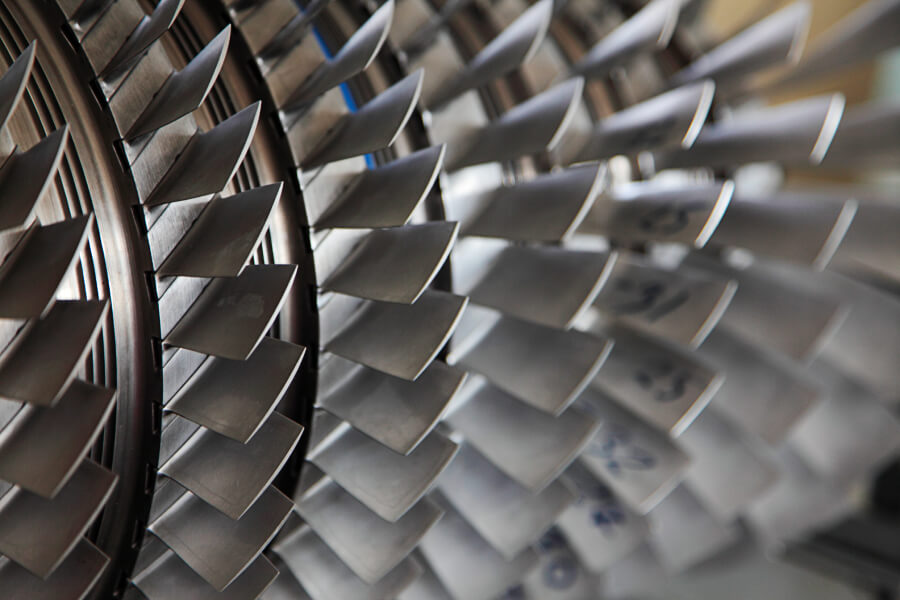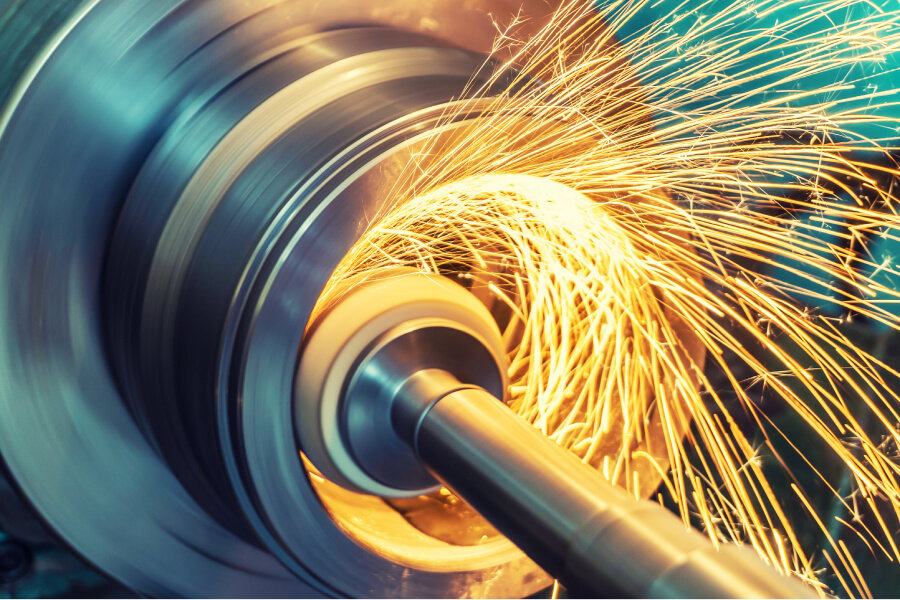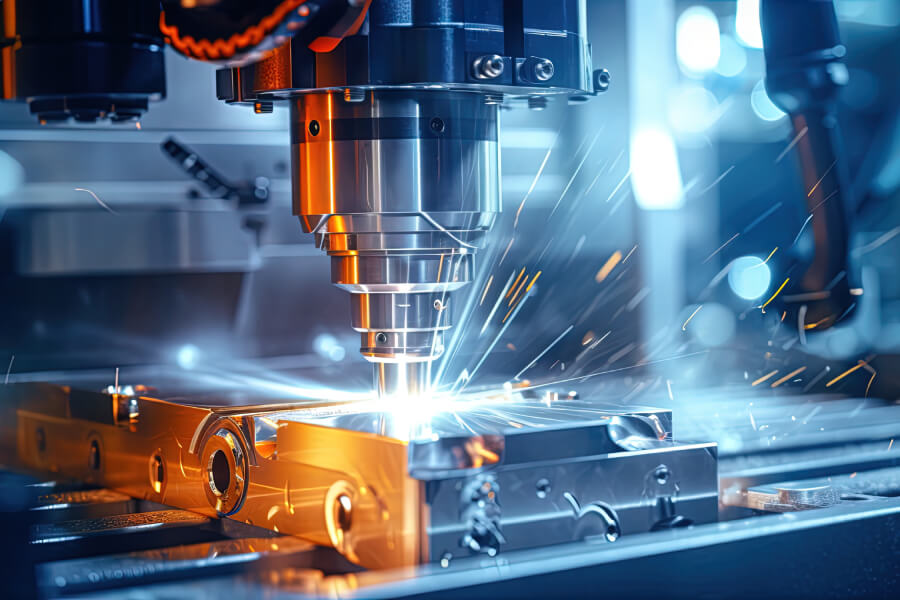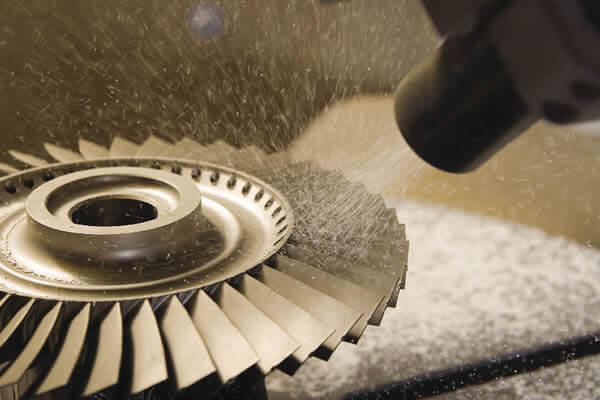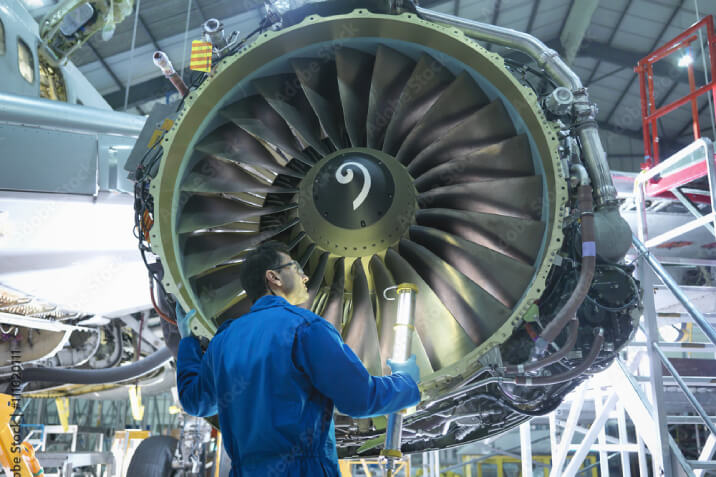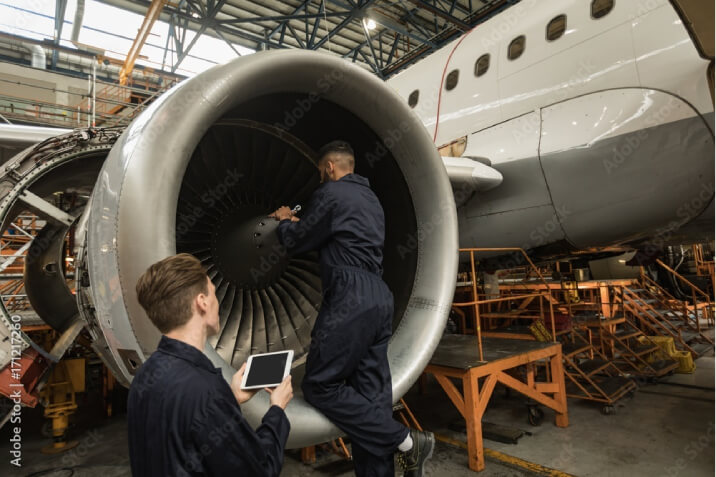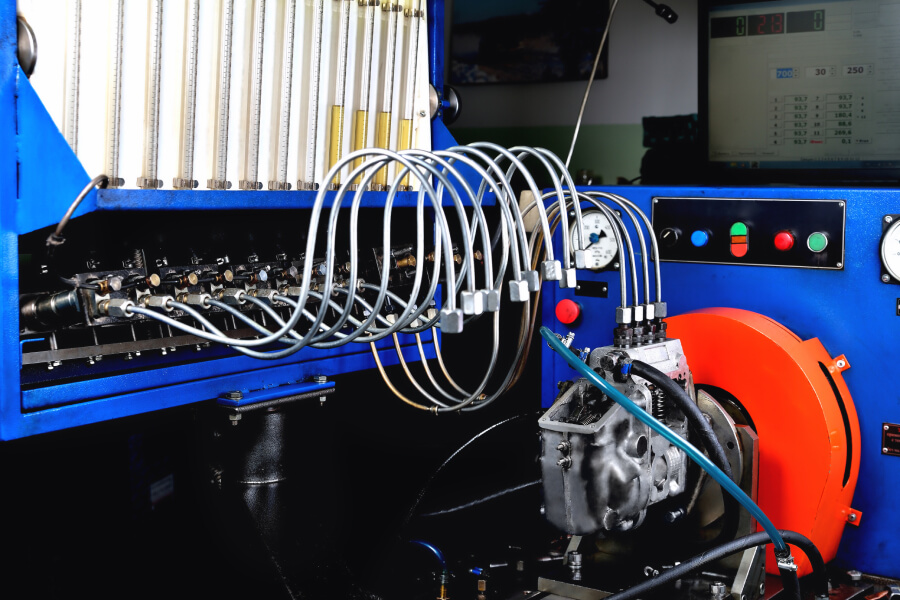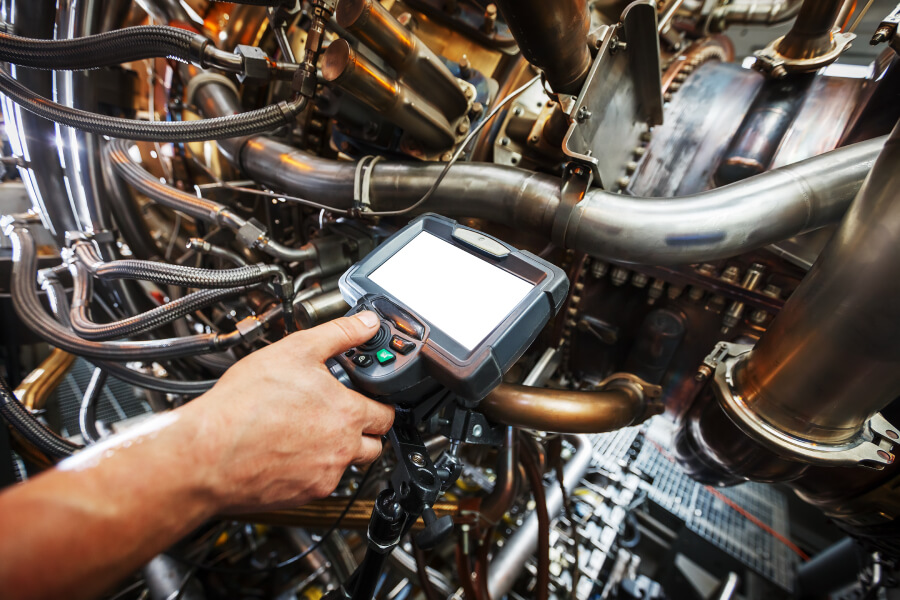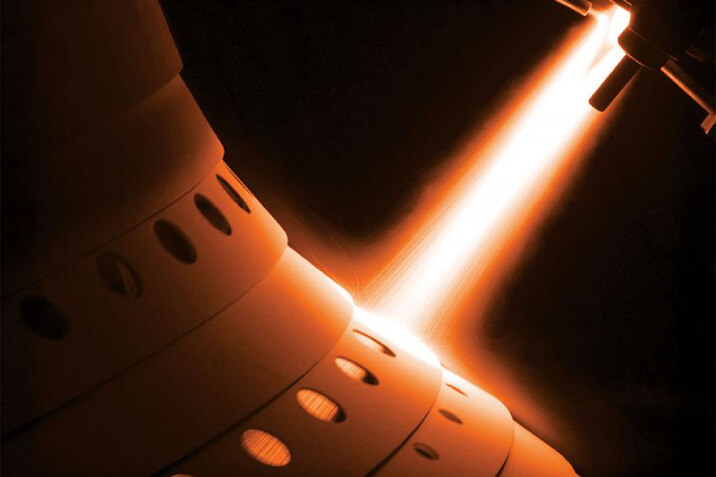Aircraft heat treatment is a process used in the aerospace industry to modify the properties of metallic materials, such as aluminum and titanium alloys, through controlled heating and cooling. Heat treatment plays a crucial role in enhancing the strength, hardness, and other mechanical properties of materials used in aircraft components. Different types of heat treatment processes are applied based on the specific requirements of the materials and components. Here are some key aspects of aircraft heat treatment:
- Purpose of Heat Treatment:
- The primary objectives of aircraft heat treatment include improving the mechanical properties of materials, such as hardness, strength, and toughness. Heat treatment can also relieve internal stresses, enhance corrosion resistance, and achieve specific microstructures tailored to the application.
- Common Types of Heat Treatment:
- Solution Heat Treatment (Solutionizing):This involves heating the material to a high temperature to dissolve soluble phases, followed by rapid cooling to retain the desired properties.
- Aging (Precipitation Hardening):After solutionizing, the material is aged at a lower temperature to allow precipitates to form, contributing to increased strength and hardness.
- Annealing:This process involves heating the material to a specific temperature and then slowly cooling it to relieve stresses, improve ductility, and refine grain structure.
- Materials Subjected to Heat Treatment:
- Common materials in the aerospace industry that undergo heat treatment include aluminum alloys (e.g., 7000 series) and titanium alloys. These materials are commonly used in the construction of aircraft structural components.
- Controlled Heating and Cooling:
- Heat treatment processes involve carefully controlled heating and cooling cycles to achieve the desired material properties. Precise temperature control is essential to avoid unintended changes in the material structure.
- Precipitation Hardening (Age Hardening):
- This heat treatment method is widely used in aerospace for materials like aluminum and certain types of stainless steel. The process involves heating the material to a specific temperature for a set duration, followed by a rapid quenching and then aging to achieve increased strength.
- Solution Heat Treatment:
- Solution heat treatment is commonly applied to aluminum alloys. The material is heated to a temperature where alloying elements dissolve into the aluminum matrix. Rapid quenching then "freezes" these elements in the aluminum, preventing them from forming large precipitates and maintaining a supersaturated solid solution.
- Vacuum Heat Treatment:
- In some cases, vacuum heat treatment is employed to prevent oxidation or contamination of materials. This is particularly important for aerospace components where high-quality surfaces and material purity are critical.
- Post-Heat Treatment Inspection:
- After heat treatment, components undergo thorough inspection to ensure that the specified properties have been achieved. Non-destructive testing methods and mechanical testing may be used to verify the material's integrity and performance.
- Regulatory Compliance:
- Heat treatment processes for aerospace components must comply with industry standards and regulatory requirements to ensure the safety and reliability of aircraft. Facilities conducting heat treatment are often certified by aviation authorities.
Aircraft heat treatment is a critical step in the manufacturing and maintenance processes, contributing to the overall performance, durability, and safety of aerospace components.

